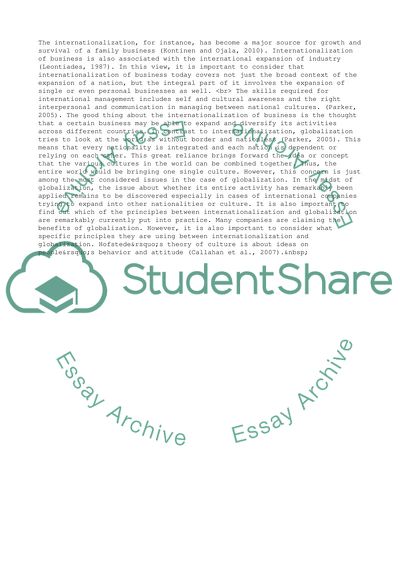Cite this document
(“Critical essay ( McDonalds and KFC) Example | Topics and Well Written Essays - 4000 words”, n.d.)
Retrieved de https://studentshare.org/management/1390839-critical-essay
Retrieved de https://studentshare.org/management/1390839-critical-essay
(Critical Essay ( McDonalds and KFC) Example | Topics and Well Written Essays - 4000 Words)
https://studentshare.org/management/1390839-critical-essay.
https://studentshare.org/management/1390839-critical-essay.
“Critical Essay ( McDonalds and KFC) Example | Topics and Well Written Essays - 4000 Words”, n.d. https://studentshare.org/management/1390839-critical-essay.


